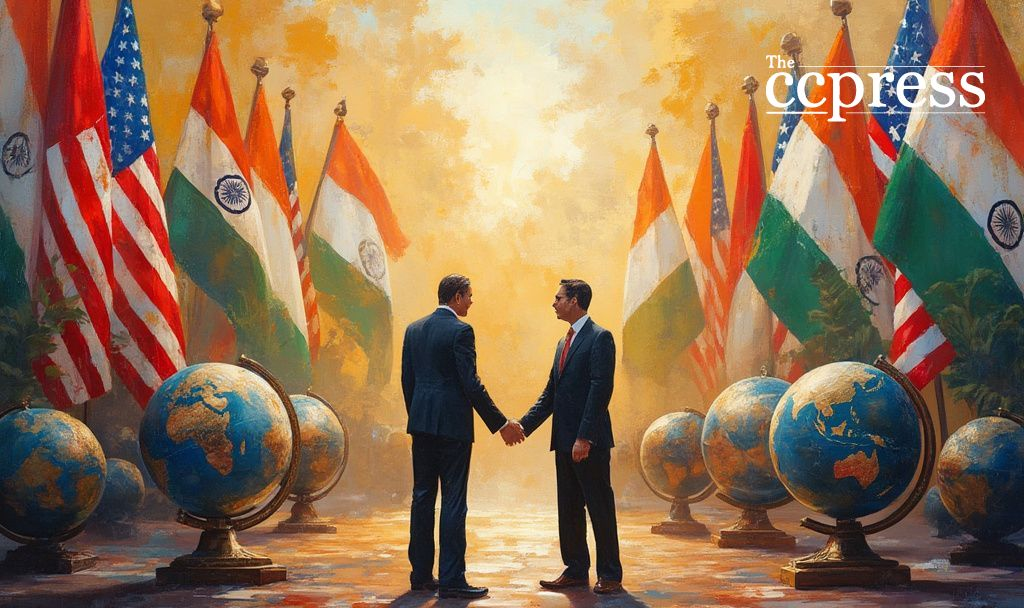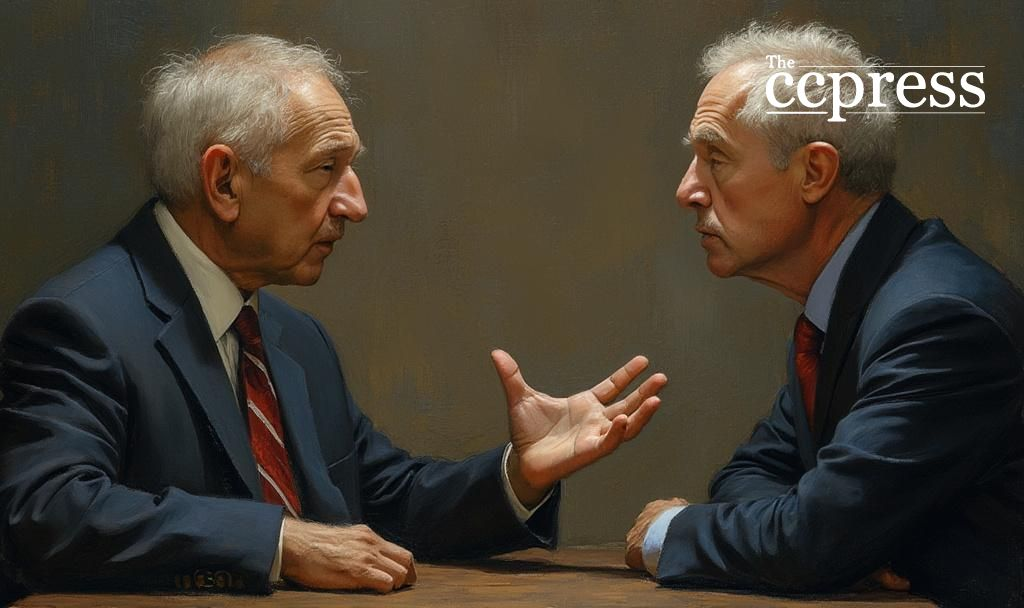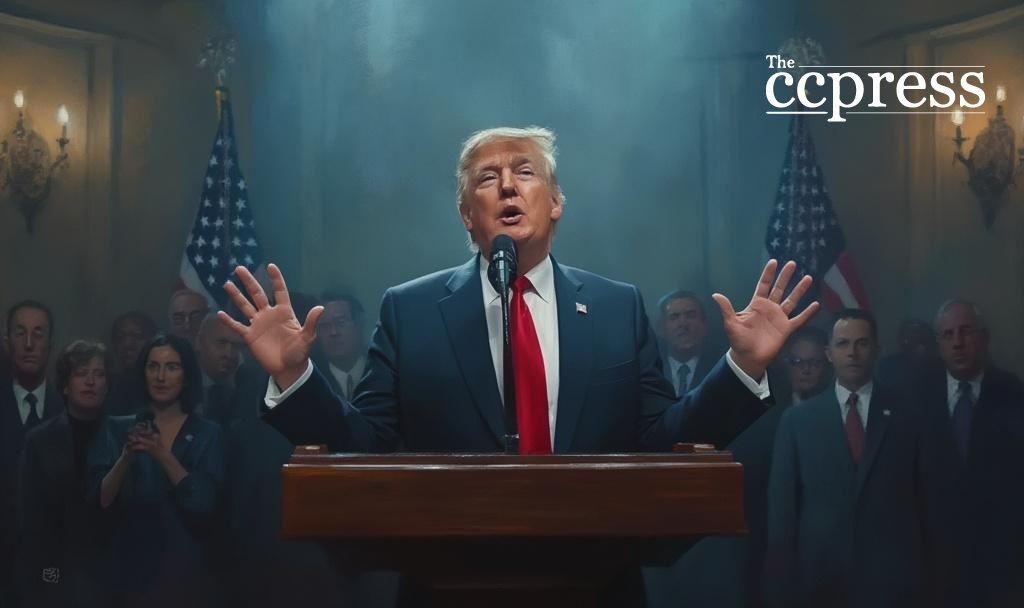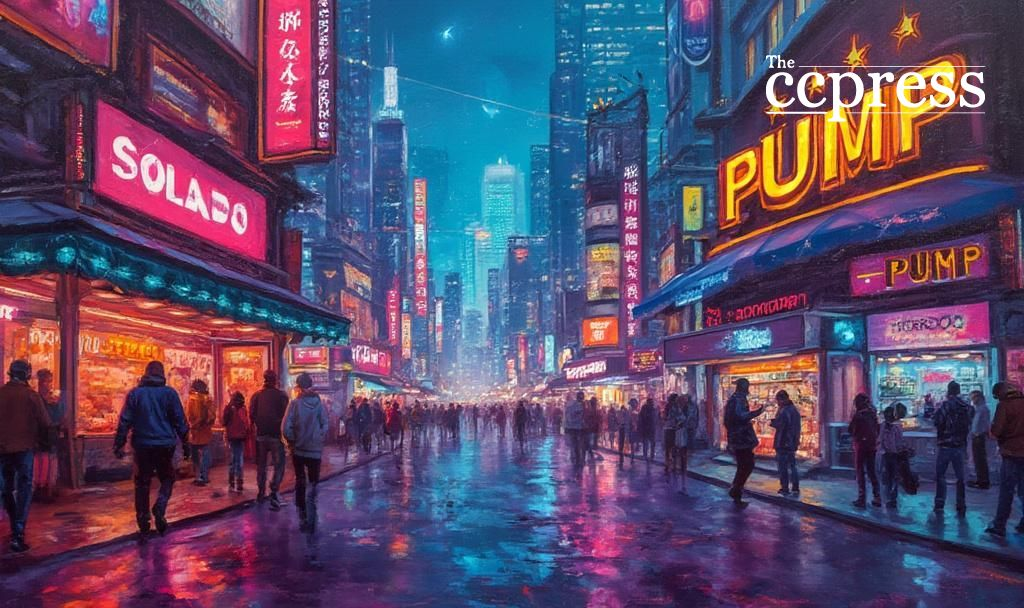- Main event, leadership changes, market impact, financial shifts, or expert insights.
- Tariffs may reach up to 27%.
- Trade volume targeted to reach $500 billion by 2030.

US and India are entering the final stages of a bilateral trade agreement following discussions led by Vice President J.D. Vance and Prime Minister Narendra Modi in April 2025.
The agreement aims to address tariff imbalances and expand market access, with postponed US tariffs posing a strategic shift in economic relations between the countries.
The potential trade agreement between the US and India follows a strategic push to mitigate a looming increase in tariffs, slated to affect a wide range of goods from India. These discussions have seen significant involvement from both sides, with Vice President Vance and PM Modi being key negotiating figures. The focus is on establishing a framework that reduces barriers while significantly increasing market access across crucial sectors.
India could face tariffs up to 27%, with certain protections being pursued through negotiations. The agricultural and dairy sectors remain sensitive, requiring strategic discussions as both governments aim for an interim deal to avoid harsher economic impacts. The broader Bilateral Trade Agreement (BTA) is aligned with the “Mission 500” initiative, intending to increase trade volume markedly by the next decade.
“On February 13, 2025, I signed a Presidential Memorandum entitled ‘Reciprocal Trade and Tariffs,’ that directed further review of our trading partners’ non-reciprocal trading practices … On April 1, 2025, I received the final results of those investigations, and I am taking action today based on those results.” — Donald Trump, President of the United States
The implications of this trade deal extend beyond mere tariffs. Industries in both nations could see shifts in market dynamics, affecting manufacturing, supply chains, and potentially the tech fields. The trade balance is also under scrutiny, which may influence the economic outlook in both countries. Political and social dynamics are expected to shift accordingly as each government aligns internal policies to maximize the benefits of the agreement.
Globally, the deal could shift financial and capital flows, aligning with previous trends seen in similar negotiations. Historical precedents suggest that such changes can indirectly influence cryptocurrency markets, although direct effects remain speculative.
| Disclaimer: The content on The CCPress is provided for informational purposes only and should not be considered financial or investment advice. Cryptocurrency investments carry inherent risks. Please consult a qualified financial advisor before making any investment decisions. |






























